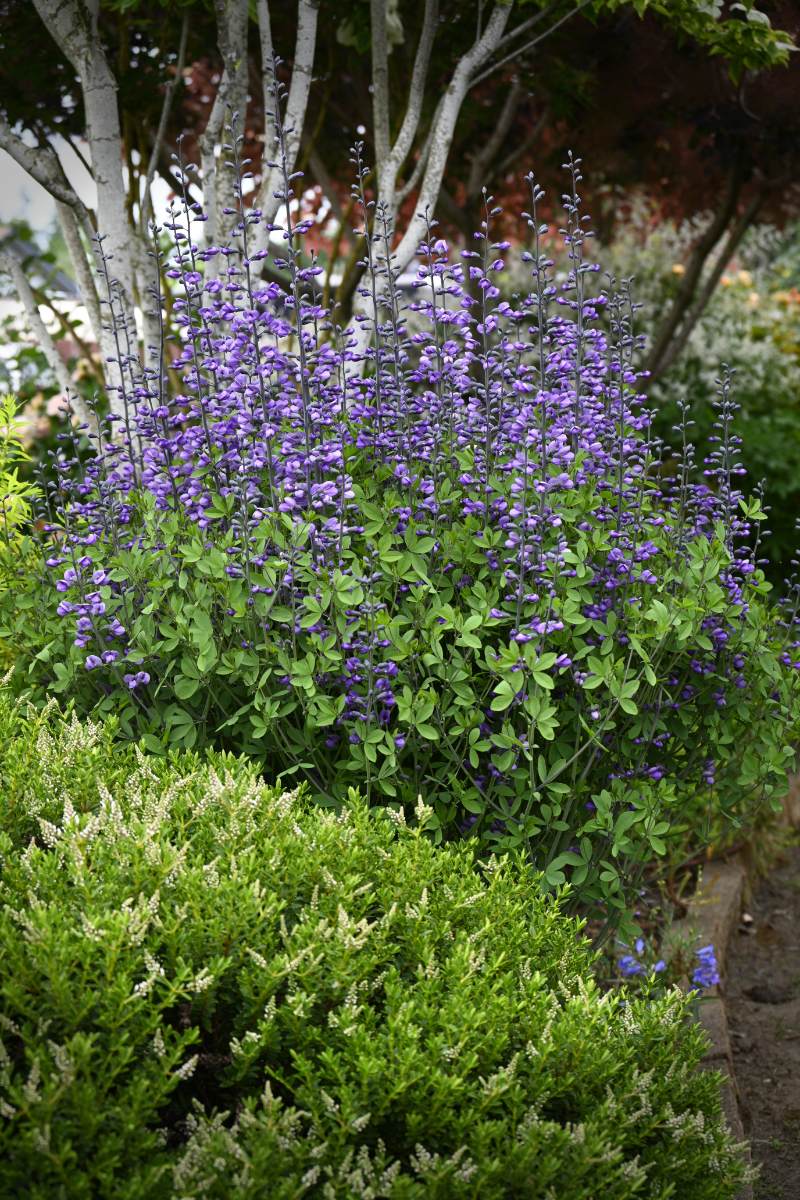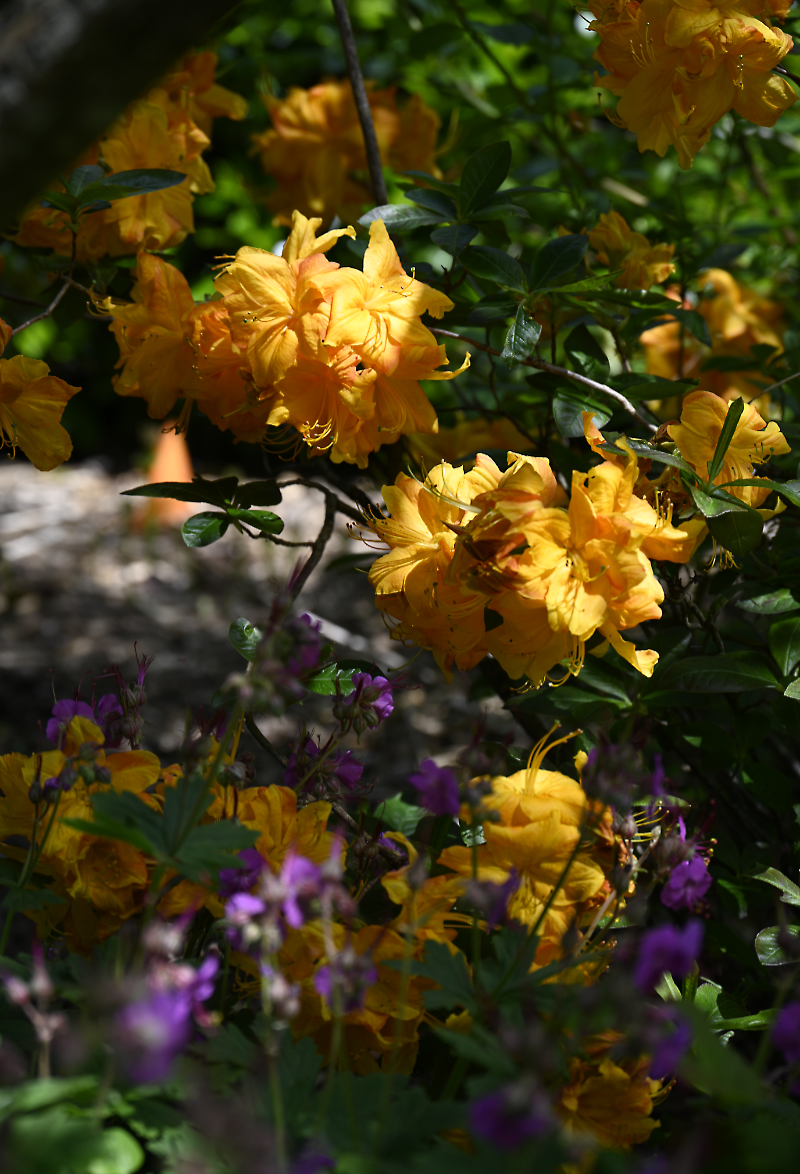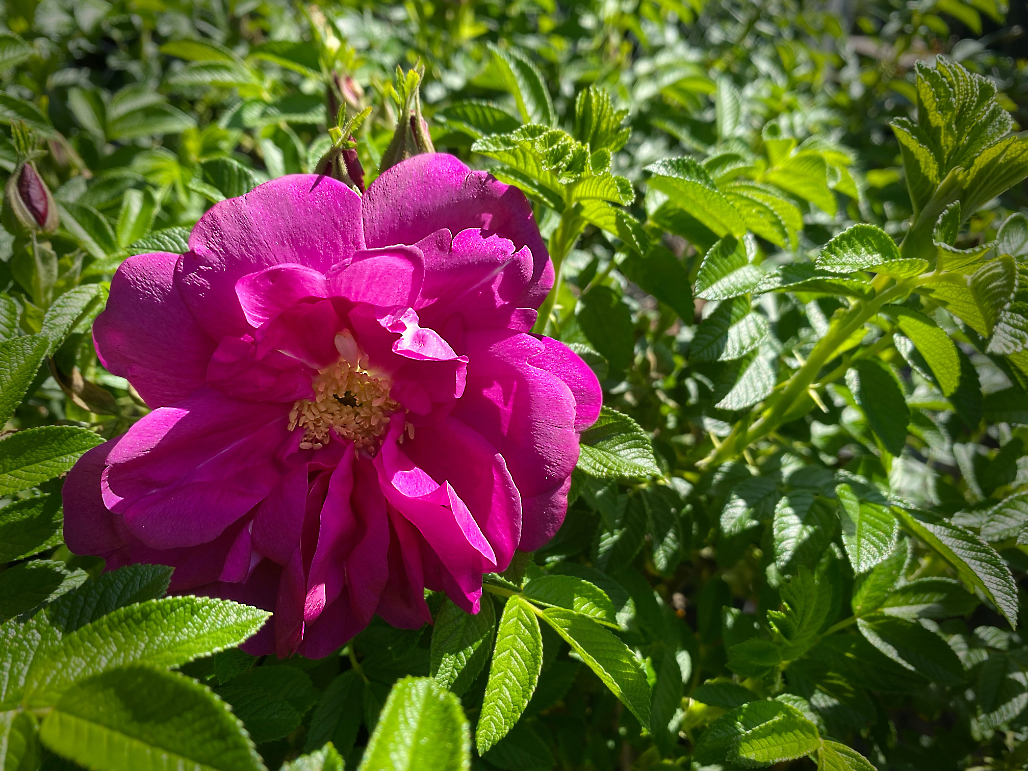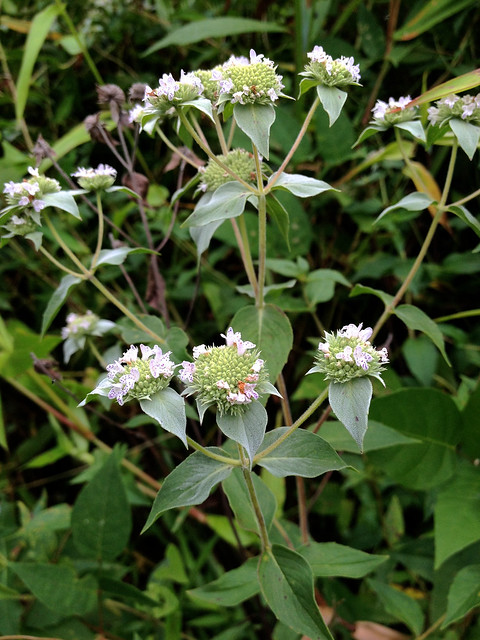Garden Activities for July
July is here and the present sweltering heat wave means limited garden work. Watering is crucial but some other chores can wait until the heat has passed.
Watering is especially crucial for container plants and this often requires daily duty. In-ground plants do not require as much but plan to give them one or two deep waterings per week. To help trap moisture, apply a mulch around your plants if you have not already done so.
Deadheading annuals and perennials will keep the flowers coming. Pinch off faded flowers by hand or shear back large perennials that have finished blooming. Cut hybrid tea roses back right about the first set of five leaves. Shrub roses, like the Knockout and Carpet roses, can be sheared back.
Fertilizing – Continue to fertilize potted annuals about every week to 10 days with a liquid fertilizer. As soon as the first flush of blooms fade on roses, fertilize with fish emulsion or a fertilizer made specifically for roses.
Planting – You can still plant container plants such as shrubs and trees although this is not the optimal time. If doing so, avoid planting on an extremely hot day and plan to water daily until the plant is settled in.
Evergreens – It is good to occasionally wet down arborvitae and other evergreen plants. Dryness increases the chances of getting spider mites.
Lavender – Shear lavender back after it finishes blooming. This will invigorate the plant as well as keep it from getting unruly.
Herbs – keep herbs from flowering by cutting or shearing back. This will also make them bushier.
Iris – Late July is a good time to divide overcrowded iris. Cut the blades back to 8 inches and use a pitchfork to pry the bulbs apart. Replant with the bulb at ground level. Water and lightly mulch.
Garlic – Toward the end of the month, you will notice that the tops of garlic will turn yellow. When this happens, dig them up and hang in a cool, dry place for at least one month.
Vegetables – Harvest ripe vegetables as soon as possible to keep them producing. Seeds can be sown for fall crops like carrots and peas.
Pests – Closely inspect plants for any signs of distress. If you are having an issue, bring by a leaf sample and a photo of the entire plant as well as a close-up and we can hopefully identify the problem for you and offer suggestions.
Weeding – It goes without saying…





